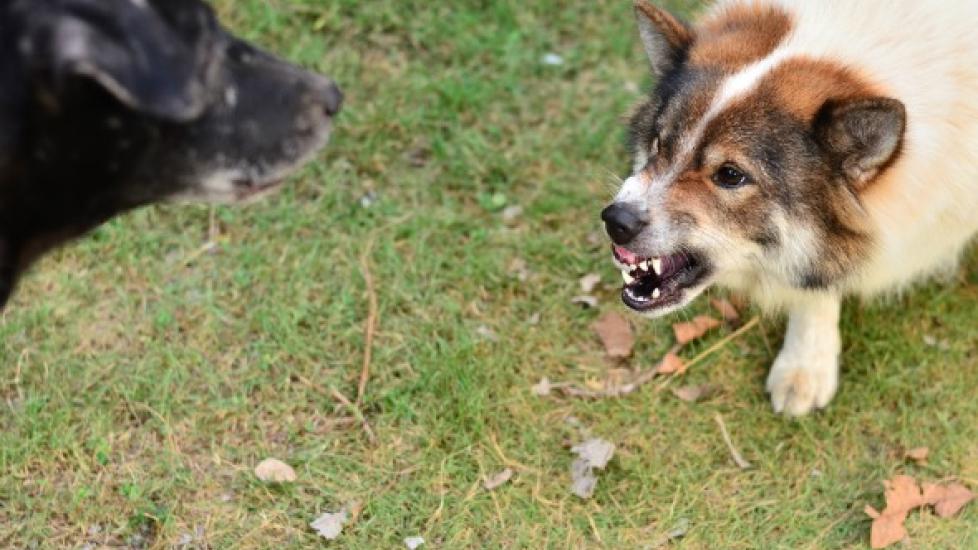Dogs are social animals by nature, and while they thrive on interaction with their human companions, relationships among canine friends can be complex. Aggression between dogs is a common issue that many pet owners face, often leading to stress, anxiety, and even injury within the household. Understanding why aggression occurs and how to address it effectively is crucial in maintaining harmony among your furry family members. In this article, we will explore various strategies for managing inter-dog aggressive behavior, aiming to create a peaceful environment where all pets feel safe and respected.
Identifying the Causes of Dog Aggression: Before delving into solutions, it’s essential to recognize the root causes of dog aggression. Some factors that may contribute to such behaviors include:
1. Territoriality: Dogs have an instinctive desire to protect their living space from perceived threats. This can lead to aggression when another dog enters what the resident dog perceives as its domain.
2. Inherited Traits: Certain breeds or lines of dogs may be more prone to aggression due to selective breeding for specific traits. It’s important to research the breed before bringing home a new addition to ensure compatibility with existing pets.
3. Resource Guarding: Food, toys, bones, and other resources can trigger competitive behavior if one dog feels threatened by another’s presence near these items.
4. Pain or Discomfort: Chronic pain or illness can cause irritability, which might manifest as aggression towards other dogs. Regular check-ups with the veterinarian are vital for early detection and treatment.
5. Lack of Socialization: Proper socialization during a puppy’s formative months helps them develop appropriate ways to interact with others; without it, misunderstandings can escalate quickly.
6. Fear: Sometimes, seemingly random acts of aggression stem from fear—the attacking dog may perceive another animal as a danger when there is none present.
7. Misinterpreted Play: Roughhousing between pups can sometimes cross the line into actual aggression if not properly monitored and guided.
Strategies for Handling Inter-Dog Aggressiveness: Once you understand the underlying reasons behind conflicts, you can implement several methods to reduce tension and promote peace:
1. Environmental Management: Create separate areas within your home where each dog has access to personal space away from potential rivals. This reduces competition and allows them to relax comfortably.
2. Positive Reinforcement Training: Use treats and praise to encourage good manners around other dogs. Reward calmness and discourage any displays of aggression through consistent training sessions.
3. Supervision: Always supervise interactions between unfamiliar or known aggressive dogs until trust has been established. Quickly interrupt any signs of hostility with a firm “No” or by physically separating the animals.
4. Scheduled Playtimes: Structured playtime under supervision can help dogs learn boundaries and acceptable forms of play. Introduce alternate activities like fetch or tug-of-war to redirect energy away from conflict.
5. Consistent Rules: Establish clear rules about who goes first at doors, food bowls, etc., so no one feels threatened or unfairly treated.
6. Professional Help: If issues persist despite your best efforts, consider consulting a professional animal behaviorist or a veterinary behavior specialist. They can provide personalized advice tailored to your situation.
Conclusion: By recognizing the triggers of inter-dog aggression and implementing proactive management techniques, you can significantly decrease the likelihood of incidents within your multi-pet household. Patience, consistency, and understanding are key ingredients in creating a harmonious environment where both humans and their beloved companions can live together happily.
